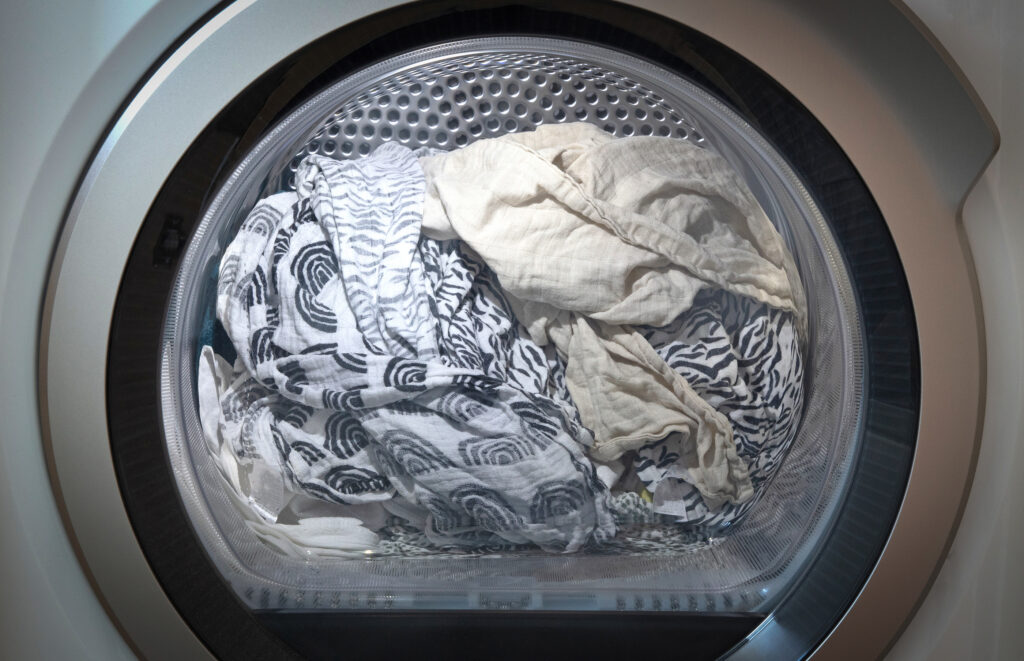Hair dryers have become indispensable tools in our daily grooming routines. However, beyond their convenience lies a complex system of components that work together to achieve the desired results. This guide will take you through the anatomy of a hair dryer, elucidating the various parts and their functionalities. By the end, you will not only understand the engineering marvel behind this ubiquitous appliance but also appreciate how each component contributes to efficient hair drying.
To commence our exploration, it is critical to understand the basic structure of a hair dryer. At first glance, it may appear simplistic: a motor, a handle, a nozzle, and a power cord. Yet, each of these elements encompasses intricate mechanisms that elevate standard drying to a professional experience.
1. Power Supply
The journey of your hair dryer begins with the power supply. Hair dryers typically operate on standard household electricity, usually at 120 volts in North America. The power cord and switch authorize the flow of electricity, initiating the operation of the device. It is essential for the power supply to be robust enough to handle the wattage, usually between 800 and 1800 watts, which determines the speed and effectiveness of the drying process.
2. The Motor
At the heart of the hair dryer lies the motor. This component is responsible for generating airflow. Most models utilize a DC (direct current) or AC (alternating current) motor. While DC motors are compact and lightweight, AC motors tend to offer more power and longevity. The combination of motor strength and efficiency directly correlates with the time it takes to dry hair.
3. The Heating Element
Next comes the heating element, which transforms electrical energy into thermal energy. Typically comprised of a coiled metal wire (like nichrome), this component warms the air before it is expelled. The design of the heating element greatly influences the speed at which air heats up and can allow for variable settings, offering both high heat for rapid drying and low heat for delicate styling.
4. Heat Settings
Most modern hair dryers come equipped with multiple heat settings. These allow users to tailor the drying experience to suit their hair type and desired style. For instance, a high heat setting may effectively dry thick, coarse hair, while the cooler setting preserves color-treated or damaged hair. Understanding how to navigate these settings empowers you to make informed decisions when styling.
5. The Airflow Vent
As vital as the heating element, the airflow vent conditions the air being expelled. Hair dryers feature various vent designs, which can significantly affect the speed of airflow and the distribution of heat. Some models incorporate diffusers or concentrators to direct airflow more effectively. A diffuser is excellent for curly hair, enhancing natural waves, whereas a concentrator focuses the heat for precise styling.
6. Filter
A critical yet often overlooked component is the filter. Positioned at the back of the hair dryer, the filter prevents hair, lint, and other debris from entering the motor, which could lead to malfunctions or safety hazards. Regular cleaning of the filter is essential to maintaining optimal performance and extending the life of the dryer.
7. The Housing
The housing of a hair dryer serves as its external shell, protecting its internal components from damage. Typically constructed from heat-resistant plastic or occasionally metal, the housing also influences the overall weight and ergonomics of the dryer. A well-designed housing ensures comfort during use, allowing for longer styling sessions without undue fatigue.
8. Cooling Mechanism
Many hair dryers incorporate a cooling mechanism, often activated by a dedicated button. This feature releases a burst of cool air, setting styles in place and reducing frizz. It’s an essential tool for achieving a polished look, allowing the cuticle of the hair to close after exposure to heat.
9. Safety Features
Modern hair dryers come with a host of safety features, including thermal fuses and automatic shut-off systems. These components help prevent overheating and potential fire hazards, ensuring user safety. Familiarizing oneself with these features can significantly mitigate risks associated with hair dryer usage.
10. Extras and Innovations
As technology advances, so do the innovations incorporated into hair dryers. Some models now feature ion technology, which helps to reduce static and frizz, leading to smoother, shinier hair. Understanding these advanced options can help you choose a hair dryer that not only meets your needs but enhances your daily routine.
In conclusion, a comprehensive understanding of a hair dryer’s anatomy equips users to choose the right tool for their specific hair needs. Every component serves a purpose, and when used correctly, they allow for a tailored drying experience that can enhance your hairstyle and promote hair health. Moving forward, consider how each part influences your experience and how you can leverage that knowledge in your hair care routine.

